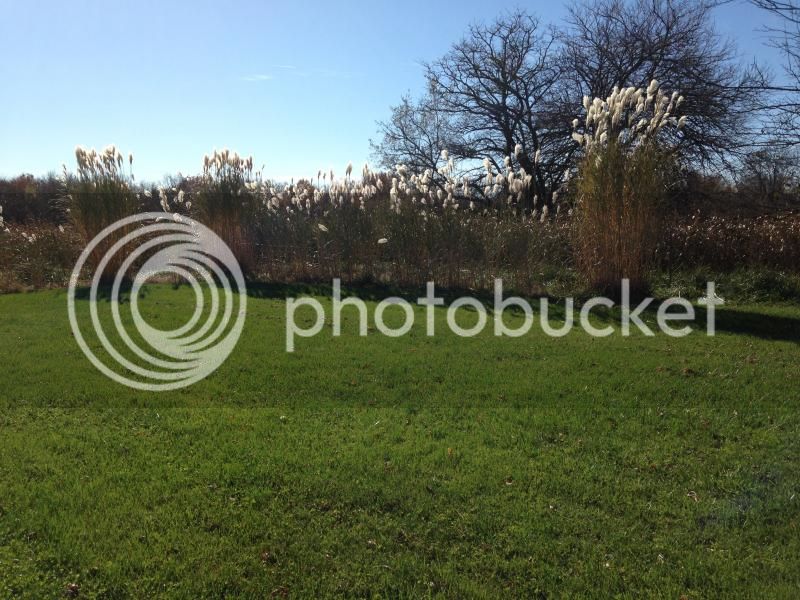Steve Bartylla
5 year old buck +
So, here's the situation. I have a road that goes by a large, open field on one of the properties I manage. Everyone and their brother watches/kicks deer off that field. At the same time, that viewing makes it extremely tempting to "go in after a good one" that may be feeding out in that field. I need a privacy fence along the road and I'm 80% sure that miscanthus x giaganteus is the answer, as it seems to balance swift results with the potential to produce an 8-11' tall privacy fence. So, here are my ?s for those that have experience with this. We're talking a several thousand dollar purchase here. So, I can't afford to be wrong. The property is in west central IL, clay based soil with hot and dry stretches nearly every summer, they don't have winter as most of us think of.
1) would a single row of 3' spaced plants accomplish what I need or should I 2 plant 3'x3' staggered rows to achieve the results I'm looking for or would another configuration work better or am I wrong that this is the right path to take at all? I know 2 rows of spruce would work, but we are talking 10+ years to achieve the results I'm after. Warm season grasses aren't thick or tall enough to achieve the results I want. A true, conventional privacy fence is too much $$$$$$.
2) what is the most effective way to plant this? We're talking a total of a 10,000' long privacy fence. Most of it can be worked and sprayed easily enough, but bending over to plant 3333 (or 6666) tubers by hand isn't something I'm really looking forward too. For a fat old man I can get a lot done, but my back would nearly incapacitate me if I tried pulling that off. I'm not sure if I'd be able to roll out of bed for a full month afterward.
3) what are the chances this approach will work for more than 5-10 yrs? I REALLY don't want to give up the acreage, but should I really be planting 3 10'x10' staggered rows of spruce, with 2 3'x3' rows miscanthus behind it, to get the long term (10-20 yrs) results I'm looking for?
1) would a single row of 3' spaced plants accomplish what I need or should I 2 plant 3'x3' staggered rows to achieve the results I'm looking for or would another configuration work better or am I wrong that this is the right path to take at all? I know 2 rows of spruce would work, but we are talking 10+ years to achieve the results I'm after. Warm season grasses aren't thick or tall enough to achieve the results I want. A true, conventional privacy fence is too much $$$$$$.
2) what is the most effective way to plant this? We're talking a total of a 10,000' long privacy fence. Most of it can be worked and sprayed easily enough, but bending over to plant 3333 (or 6666) tubers by hand isn't something I'm really looking forward too. For a fat old man I can get a lot done, but my back would nearly incapacitate me if I tried pulling that off. I'm not sure if I'd be able to roll out of bed for a full month afterward.
3) what are the chances this approach will work for more than 5-10 yrs? I REALLY don't want to give up the acreage, but should I really be planting 3 10'x10' staggered rows of spruce, with 2 3'x3' rows miscanthus behind it, to get the long term (10-20 yrs) results I'm looking for?

